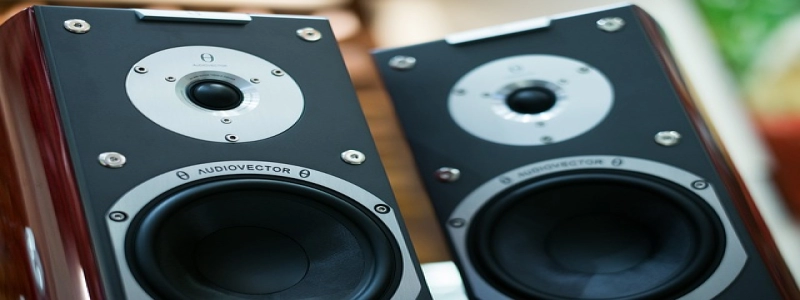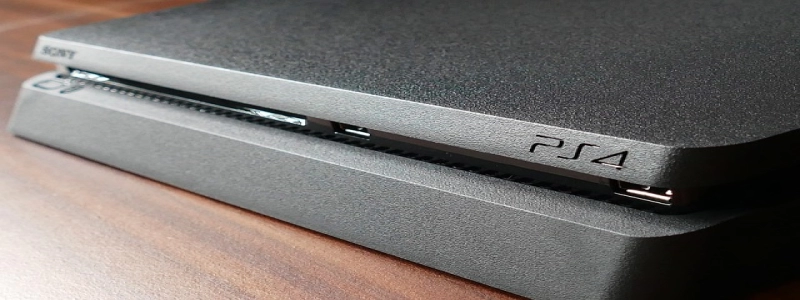Power over Ethernet (PoE) Voltage
Introduction:
Power over Ethernet (PoE) is a technology that allows electrical power to be transmitted along with data over Ethernet cables. This eliminates the need for separate power cables and enables easy installation and flexibility for various devices. One important aspect of PoE is the voltage at which the power is transmitted. In this article, we will explore the different voltage levels used in PoE and their implications.
Level 1: 15.4W:
The first PoE standard, known as IEEE 802.3af, introduced the concept of delivering 15.4 watts of power to the connected device. This voltage level, commonly referred to as Level 1, is suitable for low-power devices such as IP phones, wireless access points, and cameras. Level 1 devices operate at 48 volts DC, which is converted from the standard 110-240V AC mains power.
Level 2: 30W:
As technology advanced and power requirements increased, the need for higher power delivery over Ethernet emerged. In response, IEEE introduced the 802.3at standard, also known as PoE+ or Level 2. This standard supports power delivery of up to 30 watts. Level 2 PoE is commonly used for devices that require more power, such as high-end IP cameras, pan-tilt-zoom (PTZ) cameras, and access points with multiple radios.
Level 3: 60W:
To meet the demands of power-hungry devices, IEEE introduced an even more powerful PoE standard known as IEEE 802.3bt or Level 3. Level 3 PoE can deliver up to 60 watts of power, allowing for the connection of devices such as thin clients, video conferencing systems, and small switches. This higher power level is achieved by using all four pairs of wires in an Ethernet cable for power transmission.
Implications of Different Voltage Levels:
The use of higher voltage levels in PoE has several implications. Firstly, higher voltage allows for the delivery of more power to connected devices, enabling the operation of power-hungry devices without the need for additional power sources. Secondly, higher voltage levels require thicker Ethernet cables to handle the increased power transfer, resulting in potential changes to infrastructure requirements. Lastly, the use of different voltage levels may require different PoE switches or injectors, introducing compatibility concerns.
Conclusion:
Power over Ethernet (PoE) is a technology that simplifies the installation and operation of various devices by delivering power and data over a single Ethernet cable. The voltage levels used in PoE, ranging from 15.4W to 60W, allow for the support of low-power devices to power-hungry devices. However, the choice of voltage level has implications in terms of power delivery, infrastructure requirements, and device compatibility. As PoE continues to evolve, it is important to consider these factors when deploying and managing PoE-enabled devices.







